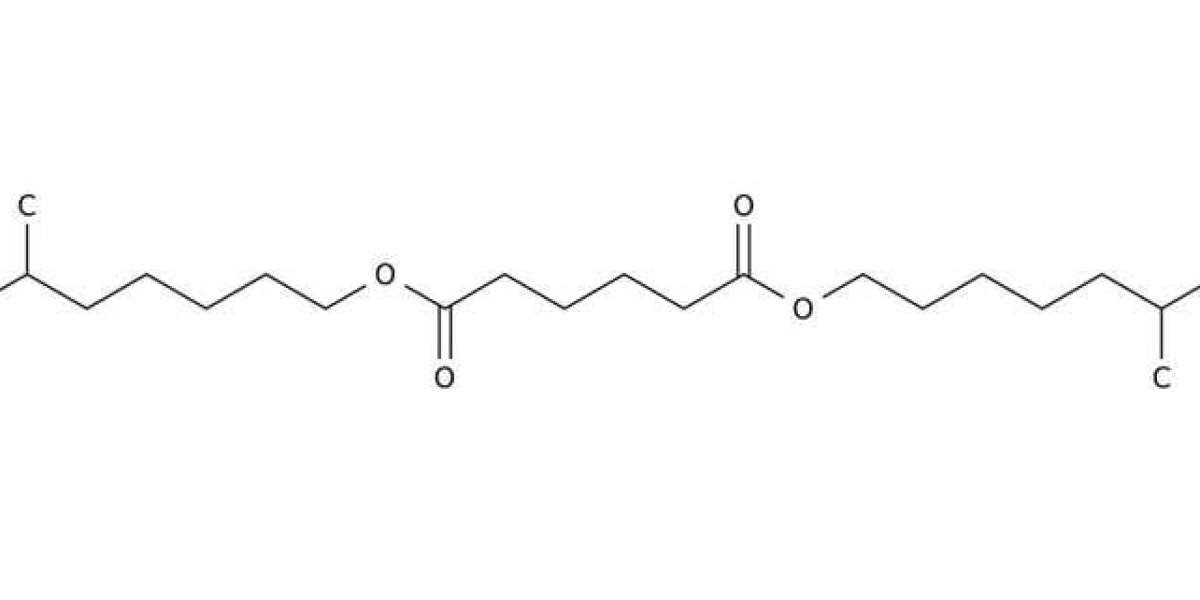Dioctyl Adipate, the diester of octyl alcohol and adipic acid, and dioa, the diester of isopropyl alcohol, are used in cosmetics as emollients and bases. These two ingredients have a low acute oral and percutaneous toxicity. Undiluted Dioctyl Adipate and dioa were, at most, only very mild, transient eye irritants. Primary dermal irritation tests indicated that Dioctyl Adipate was a very mild irritant and dioa was minimally irritating. Dioctyl Adipate was not a skin sensitizer in guinea pigs.
An Ames test for the mutagenic potential of Dioctyl Adipate was negative. An assay of the carcinogenic potential of Dioctyl Adipate produced no untoward effects and was noncarcinogenic to rats. Mice studies indicated a doserelated body weight reduction and a higher incidence of hepatocellular adenoma and carcinoma than controls. In a lifetime study Dioctyl Adipate caused no skin tumors when 10 mg was applied weekly to the back skin of mice. The teratogenicity potential of Dioctyl Adipate is reviewed.
Clinical assessment of Dioctyl Adipate in formulations showed, at most, minimal erythema and papules when applied under occlusion. No UV sensitization occurred. Undiluted dioa produced no irritation in 24 h patch tests, but was moderately irritating in a 21-day cumulative irritancy test. Formulations containing up to 20% dioa caused minimal to mild irritation, no sensitization and no photosensitization. On the basis of available data, it is concluded that Dioctyl Adipate and dioa are safe as presently used in cosmetics.
Production
Dioctyl Adipate is produced by the reaction of adipic acid and 2-ethylhexanol in the presence of an esterification catalyst such as sulfuric acid, p-toluenesulfonic acid or a proprietary catalyst. Purification of the reaction product includes removal of the catalyst, alkali refining and tripping.Dioa is produced by esterification of adipic acid with an excess of isopropanol. The excess alcohol is removed by vacuum stripping and the ester is then alkali-refined and filtered.
Properties
Dioctyl Adipate and dioa are clear, colorless to light yellow viscous liquids with an aromatic odor. They are soluble in most organic solvents and insoluble in water.
Cosmetic Use
The Adipates are used as components of cosmetic bases and as solvents and emollients in other cream-type skin preparations. They are also used to modify the tactile and flow properties of emollient blends, especially in bath products.
The cosmetic product formulation computer printout which is made available by the Food and Drug Administration (FDA) is compiled through voluntary filing of such data in accordance with Title 21 part 720.4 of the Code of Federal Regulations. Ingredients are listed in prescribed concentration ranges under specific product type categories. Since certain cosmetic ingredients are supplied by the manufacturer at less than 100% concentration, the value reported by the cosmetic formulator may not necessarily reflect the true, actual concentration found in the finished product; the actual concentration in such a case would be a fraction of that reported to the FDA. Since data are submitted only within the framework of preset concentration ranges; this presents the opportunity for overestimation of the actual concentration of an ingredient in a particular product. An entry at the lowest end of a concentration range is considered the same as one entered at the highest end of that range, thus, introducing the possibility of a two- to 10-fold error in the assumed ingredient concentration.



